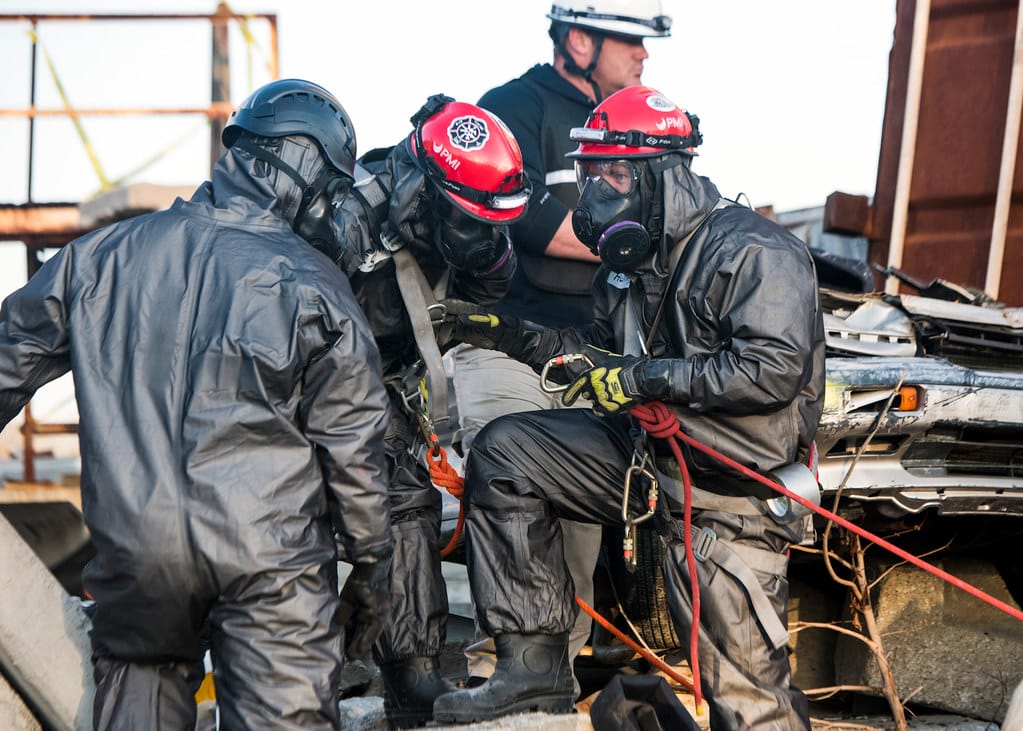
Multi-Hazard PPE: Balancing Chemical, Flame, and Arc Flash Protection in One Suit
What if your work environment exposes workers to chemicals, fire, and electrical arc hazards—all at once?
This is where single-purpose PPE fails. You need integrated protection that covers multiple threats without compromising comfort, mobility, or safety.
This guide explains how to choose multi-hazard protective clothing that meets chemical, thermal, and electrical protection standards simultaneously.
Why Multi-Hazard Protection Is Needed
- Many industrial sites—especially in oil & gas, utilities, and chemical processing—present combined risks.
- Workers may face chemical splashes, flash fire ignition, and arc flash energy in the same shift.
- Using separate PPE layers can result in bulk, heat stress, poor fit, and reduced mobility.
A well-designed multi-hazard suit provides all-in-one protection, saving time, money, and lives.
Core Hazards to Combine
1. Chemical Protection
- Liquids, sprays, mists
- Acids, solvents, pesticides
- Barrier to penetration and permeation
2. Flame Resistance (FR)
- Flash fire exposure
- Molten metal splash
- Inherent or treated flame-retardant fabrics
3. Arc Flash Protection
- Electrical arc energy (up to 40 cal/cm² or more)
- Arc Thermal Performance Value (ATPV) or EBT rating
- Compliance with NFPA 70E, ASTM F1506
Features of a True Multi-Hazard Suit
- Arc-rated and FR-certified fabric
- Chemical barrier layer bonded to outer layer
- Sealed seams or taped zippers
- Antistatic properties
- Integrated hood, boots, and gloves (optional)
- Tested for multiple standards, not just one
Key Standards to Look For
| Hazard Type | Standard | Requirement |
|---|---|---|
| Flame Resistance | NFPA 2112 / EN ISO 11612 | Flash fire and thermal protection |
| Arc Flash | NFPA 70E / ASTM F1506 | ATPV or EBT > Incident Energy |
| Chemical Barrier | EN 14605 / EN 943 | Liquid-tight / gas-tight suit classification |
| Antistatic | EN 1149 | Electrostatic dissipative properties |
Common Multi-Hazard PPE Materials
| Material | Hazards Covered | Notes |
|---|---|---|
| Tychem® 6000 FR | Chemical + Flash Fire | Limited arc resistance (≤8 cal/cm²) |
| GORE® Pyrad® / Nomex® blends | FR + Arc Flash + Breathability | Requires chemical overlayer |
| ChemArc™ Multi-Hazard Suits | Arc Flash + Chemicals + FR | Up to 40 cal/cm² arc + Type 3 chemical |
Limitations and Workarounds
- No single suit is perfect: There are always trade-offs.
- High arc rating suits may be less breathable.
- FR + chemical suits may cost more upfront but avoid layering.
- Some suits are task-specific, not full-shift wearable.
Solution: Choose task-based PPE for high-risk moments and lighter gear for routine operations.
Multi-Hazard Use Cases
- Oil refineries (acid lines near energized panels)
- Utility maintenance crews (live electrical + contamination)
- Hazmat teams (chemical leak with fire/explosion potential)
- Battery plants (electrical + electrolyte splash)
- Paint shops with solvent vapors + electrical tools
Questions to Ask Before Buying
- What is the arc rating (ATPV) of this chemical suit?
- Does it meet NFPA 2112 + EN 14605 together?
- Can I use this suit near energized equipment and acid tanks?
- Will it hold up to decontamination or is it disposable?
- Is it lightweight enough for full-shift wear?
What We Offer
At workwearsolutions, we help you match the right level of combined protection to your environment.
Whether you need chemical + FR, FR + arc flash, or all three in one, we’ll guide you based on:
- Your hazard profile
- Regulatory obligations
- Usage frequency and task duration
- Budget and long-term cost efficiency
Conclusion
Multi-hazard PPE isn’t just a technical option—it’s a safety necessity in many industries.
The right protective suit should cover chemical exposure, thermal hazards, and electrical arcs in one integrated solution.
Select PPE by hazard combination—not by label.
Email: [email protected]
Website: www.workwearsolutions.net
Zion Zhang
Recent Posts
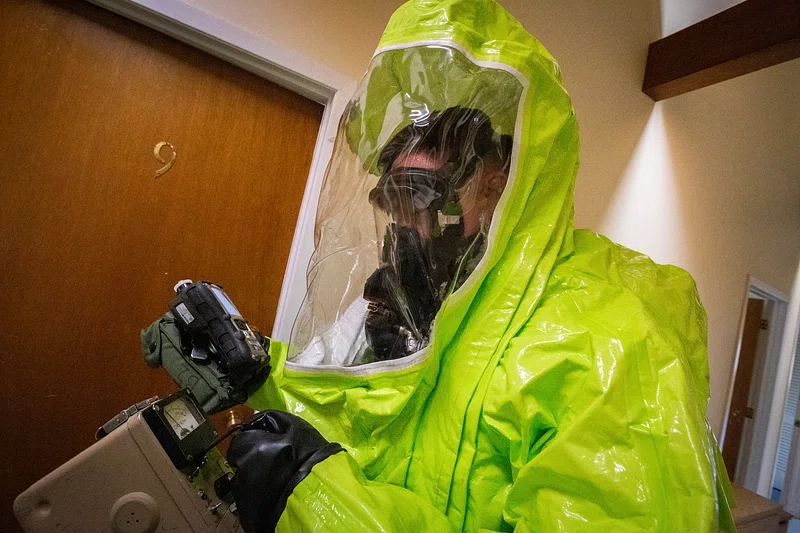 Industry Applications: Chemical PPE for Pharma, AgriChem, Oil & Gas, Paints, and Labs2025年7月16日Industry Applications: Chemical PPE for Pharma, AgriChem, […]
Industry Applications: Chemical PPE for Pharma, AgriChem, Oil & Gas, Paints, and Labs2025年7月16日Industry Applications: Chemical PPE for Pharma, AgriChem, […]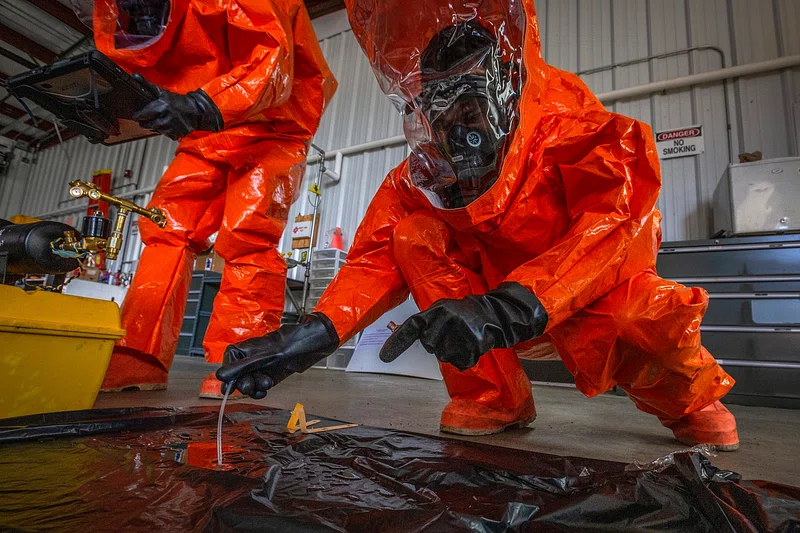 Storage, Inspection, and Replacement of Chemical Protective Clothing2025年7月16日Storage, Inspection, and Replacement of Chemical Protective […]
Storage, Inspection, and Replacement of Chemical Protective Clothing2025年7月16日Storage, Inspection, and Replacement of Chemical Protective […]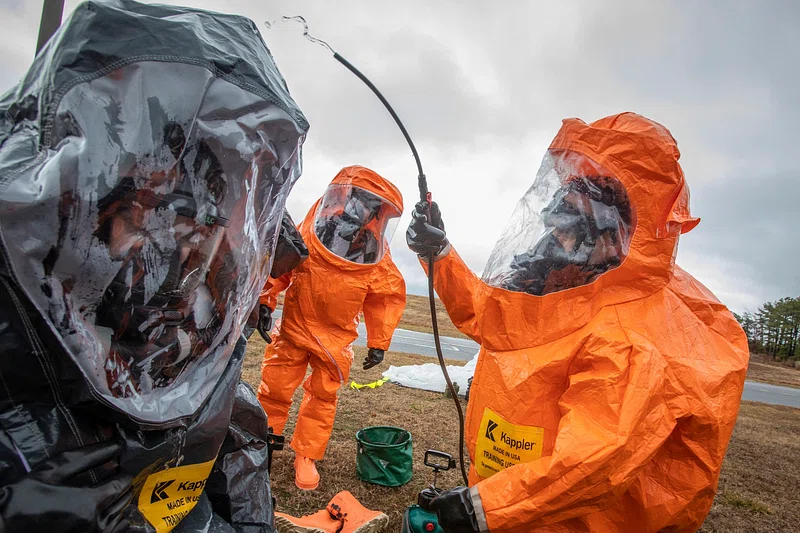 Donning and Doffing Chemical PPE: Step-by-Step for Maximum Safety2025年7月16日Donning and Doffing Chemical PPE: Step-by-Step for Maximum […]
Donning and Doffing Chemical PPE: Step-by-Step for Maximum Safety2025年7月16日Donning and Doffing Chemical PPE: Step-by-Step for Maximum […]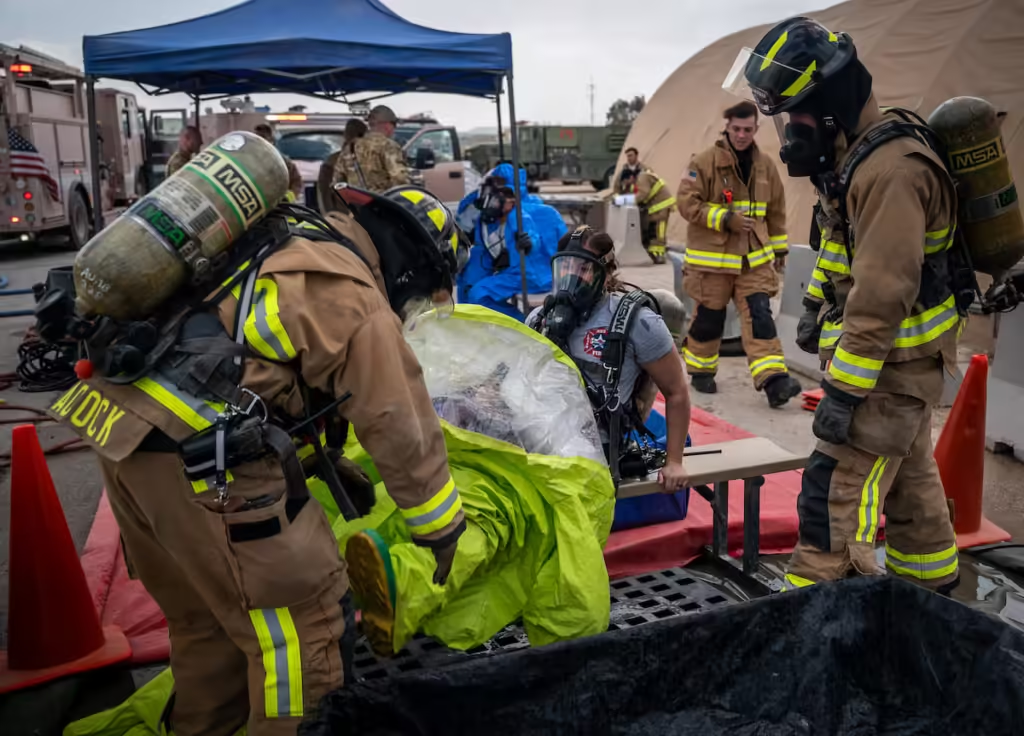 Chemical Suit Compatibility: How to Match Suits with Specific Hazardous Substances2025年7月15日Not all chemical suits protect against all chemicals—even […]
Chemical Suit Compatibility: How to Match Suits with Specific Hazardous Substances2025年7月15日Not all chemical suits protect against all chemicals—even […]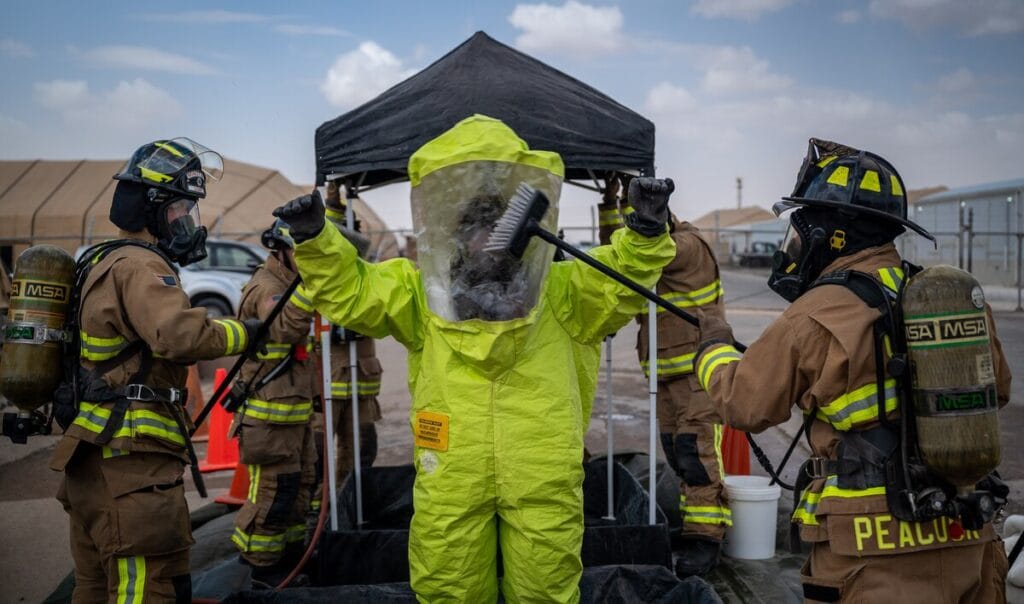 Common Materials in Chemical Suits: Tychem®, PVC, PE, PTFE, and Beyond2025年7月15日Chemical suits may look similar—but what they’re made of […]
Common Materials in Chemical Suits: Tychem®, PVC, PE, PTFE, and Beyond2025年7月15日Chemical suits may look similar—but what they’re made of […]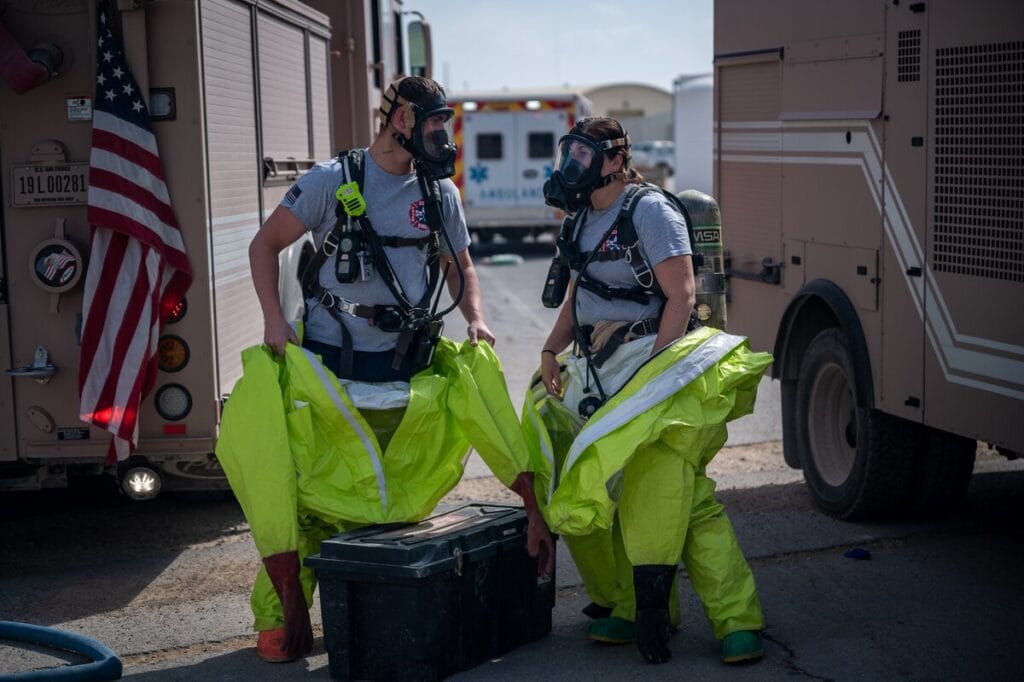 Disposable vs Reusable Chemical Suits: Which Should You Choose?2025年7月15日Choosing between disposable and reusable chemical suits […]
Disposable vs Reusable Chemical Suits: Which Should You Choose?2025年7月15日Choosing between disposable and reusable chemical suits […]
CONTACT US
- Feel free to contact us any time. We will get back to you as soon as we can!
- +86-17330061805
